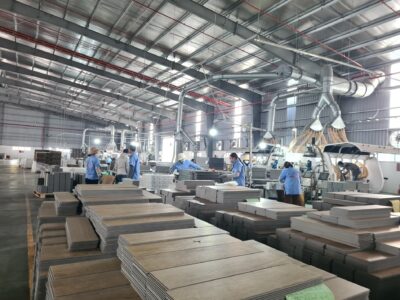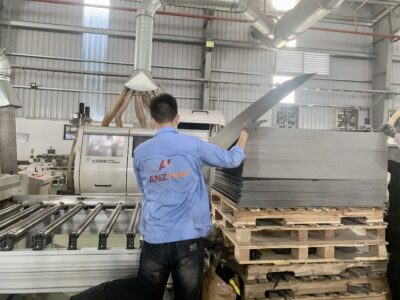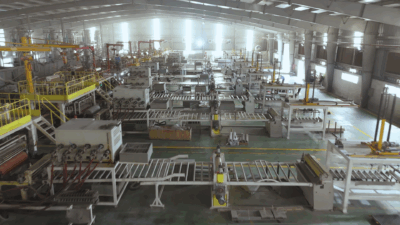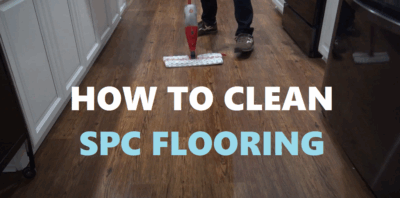SPC floor underfloor heating is a popular choice for modern homes seeking efficient warmth and durable, waterproof flooring. Stone Plastic Composite (SPC) flooring offers a rigid core, excellent dimensional stability, and reliable heat transfer, making SPC flooring a practical option when installed correctly. This article explains how SPC floor underfloor heating works, the benefits, installation best practices, and maintenance tips to maximize performance and lifespan.
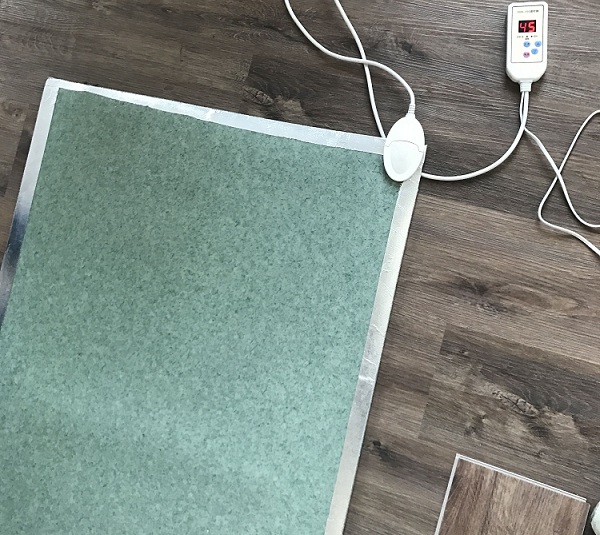
How SPC Floor Underfloor Heating Works
Underfloor heating systems — electric mats or hydronic pipes — transfer heat through floor layers to warm the living space. The dense SPC core conducts heat efficiently, allowing the surface to warm evenly without significant expansion. Proper thermal management and underlayment selection ensure SPC floor underfloor heating provides consistent, comfortable warmth throughout the room.
Key Benefits of SPC with Underfloor Heating
-
Efficient heat transfer: SPC’s rigid core helps distribute heat from the system to the room surface quickly and evenly.
-
Dimensional stability: SPC resists expansion and contraction, reducing the risk of gaps, buckling, or joint stress.
-
Waterproof performance: The waterproof nature of SPC makes it suitable for wet areas such as bathrooms and kitchens with underfloor heating.
-
Low maintenance: SPC floors require minimal upkeep even when paired with heating systems.
-
Aesthetic versatility: SPC offers realistic wood and stone designs, combining warmth and visual appeal.
Installation Best Practices for SPC Floor Underfloor Heating
-
Verify product compatibility: Ensure the SPC plank model is rated for use with underfloor heating by the manufacturer and check warranty conditions.
-
Observe temperature limits: Maintain a maximum floor surface temperature usually below 27°C (80°F) unless the manufacturer specifies otherwise.
-
Select low thermal resistance underlay: Use underlayment with low TOG value (preferably <0.5) or opt for integrated foam backing designed for heated floors.
-
Use floating (click) installation: Floating installation with click-lock systems allows for natural expansion and is typically recommended over glue-down methods.
-
Acclimate planks: Store planks in the installation room for 24–48 hours so they reach ambient temperature before locking.
-
Ramp temperatures gradually: Increase or decrease temperatures slowly (≈2°C per day) after installation to avoid stress.
-
Test heat distribution: Run the heating system for several hours and inspect for even heat distribution and surface temperatures prior to final trims or fixed units.
Temperature, Underlay, and Subfloor Considerations
Reliable thermostatic control and proper subfloor preparation are crucial. Thermostats with floor sensors prevent overheating and help maintain an optimal environment for SPC floor underfloor heating. Subfloor flatness, dryness, and thermal conductivity affect performance — water-based systems and electric mats have different heat profiles, so consult your installer. Avoid thick or insulating underlays that trap heat and reduce system efficiency.
Pros and Cons Table: SPC vs Alternatives for Heated Floors
| Feature | SPC with Underfloor Heating | Laminate with Underfloor Heating | Solid Wood with Underfloor Heating |
|---|---|---|---|
| Heat Transfer | Good | Moderate | Variable, can be inefficient |
| Moisture Resistance | Excellent | Poor | Sensitive to humidity & temperature |
| Dimensional Stability | High | Moderate | Low, may warp |
| Installation Ease | Easy (click system) | Easy | Complex, often not recommended |
| Maintenance | Low | Moderate | High |
Maintenance Tips for Heated SPC Floors
Keep cleaning gentle: use a soft mop and pH-neutral cleaner to avoid damaging the wear layer. Regularly check thermostat settings, avoid localized overheating under rugs or heavy furniture, and use protective pads on furniture legs. Retain extra planks from installation for future replacements; localized plank replacement is usually straightforward.
Common Mistakes to Avoid
-
Using thick carpeting or high-TOG underlays that impede heat transfer.
-
Turning heating to high temperatures immediately after installation.
-
Neglecting necessary expansion gaps.
-
Installing over uneven or damaged subfloors.
Frequently Asked Questions (FAQ)
Q: Will underfloor heating damage SPC flooring?
A: No, not if installation follows manufacturer guidelines, temperatures are controlled, and appropriate underlay is used.
Q: Can I install underfloor heating under any SPC product?
A: Not all SPC products are rated for underfloor heating. Always check product specifications and warranty.
Q: How quickly will an SPC floor warm up with underfloor heating?
A: Warm-up time depends on the system (electric vs hydronic), subfloor, and underlay. SPC typically responds quickly due to good thermal conduction.
Conclusion
SPC floor underfloor heating is a suitable and efficient combination for homeowners who want warm, durable, and low-maintenance floors. When using compatible SPC products, low-resistance underlays, and correct temperature control, this pairing offers energy-efficient comfort and long-term reliability. Consult product documentation and a certified installer for system-specific recommendations to ensure optimal performance.

